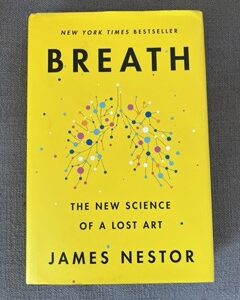Gestalt therapy is a phenomenological-existential therapy founded by Frederick (Fritz) and Laura Perls in 1940. The goal is for clients to become aware of what they are doing, how they are doing it, and how they can change themselves through taking responsibility for their actions. This is all achieved while the client learns to accept and value themselves. It uses awareness and experimentation to develop insight into issues, challenges, and unconscious life-long habits and patterns that are termed by the gestalt approach as unfinished business.
Everyday the past influences our current actions. Instead of focusing on the past, this therapeutic approach focuses on the ‘here and now.’ In therapy, instead of talking about something, the focus is on direct experience. For example, if a client says that they are angry at their friend Samantha, the therapist encourages the client to talk directly to Samantha (placed in front of a client in a chair or on a pillow). The use of this technique mobilizes more direct experience of feelings and emotions during the session.
The ‘story’ is not the focus of therapy, but rather it is the exploration of a pattern in finding choice in a given situation. We all have choice in creating our lives and old patterns often keep us feeling like we do not have choice, control and are truly responsible for what we manifest. It is necessary to take a stance of curiosity and sometimes a little humor to really see and understand why we do the things we do. In this discovery, we can find the choice and find the responsibly in our actions in creating and affecting our environment. Successful psychotherapy therefore achieves integration of all the client’s ideas, emotions and actions to become whole. The task is to develop awareness of previously alienated parts and assimilate or reject them depending on what is appropriate. Throughout this process, clients learn how to self-regulation, self-support and find self-acceptance amidst their presenting problems.
Gestalt therapy draws from field theory, existentialism, creating an experiment to facilitate insight and awareness, and it focuses on the importance of the client and therapist relationship through the use of contact. Gestalt also brings a meditative aspect to the healing process through techniques that increase presence and awareness. The client leads the therapist throughout the therapeutic agreement. The client is responsible and in charge of their own growth and healing process. The role of the therapist is to make contact with the client by straightforward caring, acceptance, warmth, honesty, presence and self-responsibility.






